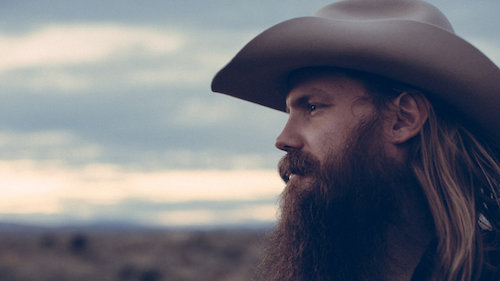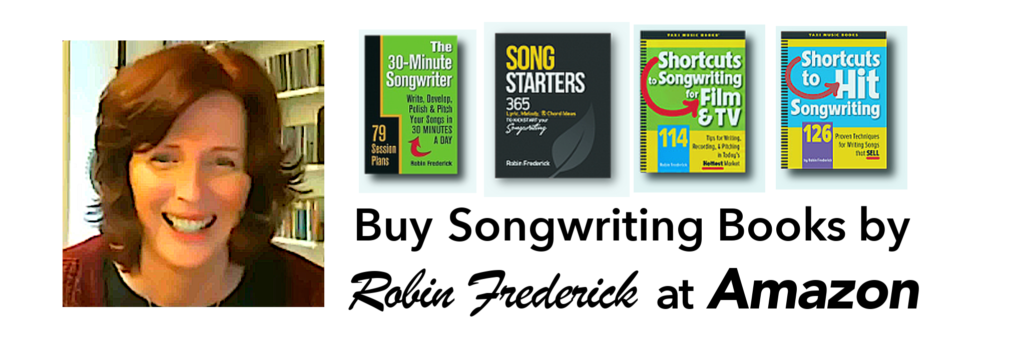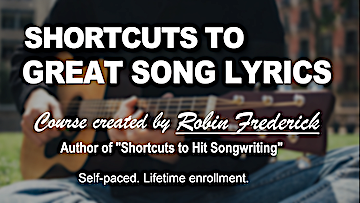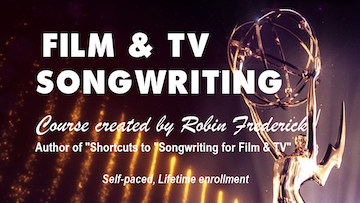This year there are close to a dozen TV series using songs in the broad, acoustic-based Americana songwriter style. This trend started with Yellowstone, a series that popularized the music of many Americana artists. Zach Bryan’s songs appeared six times in the 2022 season, driving his song “Something In the Orange” to the top of the Country Music Charts and launching his career.
Other series rushed to build on Yellowstone’s success, creating a demand for the music style featured in it, shows like Tulsa King, Outer Range, Dark Winds, Heartland, Fire Country, 9-1-1 Lone Star, Station 19, True Detective, and Walker—with more coming. (Yellowstone was interrupted mid-season but will be back on the air in November 2024. A new series, Ransom Canyon, debuts in Fall 2024).
The songs used in these shows generally range from Alt Country and Roots Rock to Old Time, Blues/Rock, and Folk/Rock. To keep things manageable, I’m going to refer to all of them under the umbrella genre of Americana.
THE UPSIDE OF AMERICANA SONGWRITING
This genre ages well.
The “use-by” date on Americana is pretty loose. It’s not like mainstream Contemporary Pop where you have to stay current with the latest sounds, rhythm grooves, melody patterns, and edgy slang. In fact, in the broad Americana genre a feeling of deep roots or a link to the past adds credibility.
Vocal character beats perfect pitch.
And speaking of age, you don’t have to sound like an 18-year-old to be successful in this style. A character voice with some raw grit—one that’s seen some hard times and been worn down by life—is a plus here. (Think Lucinda Williams and Johnny Cash.) A voice with some mileage on it adds to the believability of the lyric and emotional effect of the song.
Find out more about nailing a vocal performance in this style.
There’s a deep well of inspiration to draw from.
Americana is not a new genre. From Outlaw Country to Appalachian Folk songs, it’s been breaking hearts, raising the roof, uplifting souls, and fiddling with the devil for decades. You can look to some of your favorite artists for inspiration and ideas.
AMERICANA SONGWRITING TIPS: LYRICS
Lyrics in these styles can be simple and direct or complex and poetic. They can be highly emotional or emotionally reserved. The aim is to make them believable for the kinds of characters that sing them and the characters who appear in the films and TV series that use them. Here are a couple of examples.
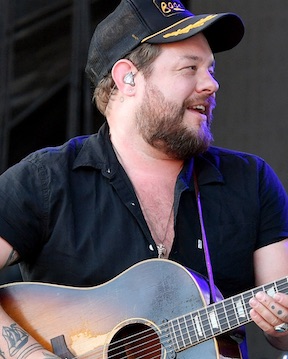
“And it’s Still Alright” – Nathaniel Rateliff
Watch the lyric video on YouTube.
Used in half a dozen top TV series since it’s release in 2020, this mid-tempo Americana ballad has a serious theme and a poetic, image-driven lyric. The verses are dense with language that evokes hard times and survival in the face of adversity without being story-line specific. The strong, repeated refrain line—“it’s still alright”—offers the listener an anchor in the emotional heart of the song. A refrain-anchor line is the technique to use if you want to make sure you keep your listener with you while using all the imagery you want.
They say you learn a lot out there, how to scorch and burn
Gonna have to bury your friends then you’ll find it gets worse
Standing out on the ledge with no way to get down
You start praying for wings to grow, oh, baby, just let go
~ “And It’s Still Alright” – Nathaniel Rateliff

“Are You Alright?” – Lucinda Williams
Listen on YouTube.
Read the lyrics here.
By coincidence, the lyric I chose to show you something that’s simple and plain-spoken happens to have a similar title. “Are You Alright” by Lucinda Williams has been used in TV series True Detective, The Ranch, and more. Its lyric is stripped down to the bone but the emotion is unmistakable. This direct approach feels completely authentic for the genre.
Are you all right?
I hope you come back around someday
Are you all right?
I haven’t seen you in a real long time
Are you all right?
Could you give me some kind of sign?
~ “Are You Alright?” – Lucinda Williams
MUST-HAVES FOR AMERICANA LYRIC WRITING
CONVERSATIONAL WORD ORDER
While a conversational word order is important in all lyric styles, it’s essential here. The singer may be voicing a character’s thoughts and feelings or expressing the reactions of people in their environment, for example a small town or ranch. To be believable, the lyric should be as close to natural-sounding speech as you can make it. The singer’s delivery should sound comfortable and confident within this environment as well.
IMAGERY
As in all lyrics, we use imagery to add depth and impact to a lyric. Sights, sounds, actions, and physical sensations are all used in Americana lyrics. If a setting is needed it’s likely to be home, church, work, traveling, or the great outdoors. Emotional situations might be compared to storms, summer days, rocky land, and long roads. You don’t need to stick to the obvious (and you shouldn’t) but be cautious when straying too close to urban settings or references.
Read more about using imagery in your lyrics.
WATCH OUT FOR CLICHÉS
This style can easily fall into stereotypes and clichés (like I just did). Characters like the ramblin’ man and the heart-broken girl-left-behind have made frequent appearances over many decades. It’s up to you to give the listener new insights into them.
Jokes about hillbillies, cowpokes, mountain men, and schoolmarms won’t work either unless they are specifically requested. These movies and TV shows take the characters and their surroundings seriously. Their lives are rich, intense, and filled with realistic emotional situations. Watch any episode of the shows I listed above to get a feel for it. Then check to see if your song would fit.
AMERICANA SONGWRITING TIPS: MELODY
Melodies can range from Folk to Blues to Vintage Rock and more. The singer—who is presumed to be the creator of the song—is not expected to have any musical training. They’re just playing and singing what comes naturally, so melodies tend to have more melodic repetition and less complexity than you’ll find in other genres. Here are a few good examples of the melody styles you’ll hear in Americana songs.
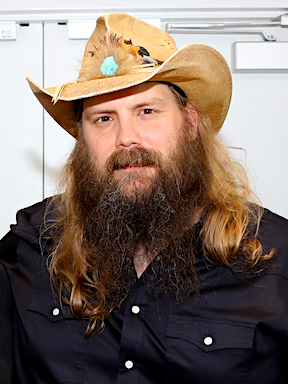
“Daddy Doesn’t Pray Anymore” – Chris Stapleton
Watch the lyric video on YouTube.
Writing a simple melody without becoming monotonous or boring can be a challenge. To see how it’s done, listen to a song like Chris Stapleton’s “Daddy Doesn’t Pray Anymore,” featured in Season 2 of Yellowstone. The song structure is just a series of verses—the traditional Folk song structure. The same hymn-like melody is used in each verse with small variations to accommodate a changing lyric. This type of melody depends on a good character vocal and a lyric that evolves throughout the song, keeping the listener interested.
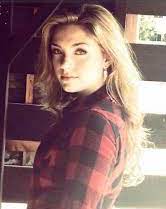
“Backseat” – Kailey Swanson
Listen on YouTube
Read the lyrics here.
For a more energetic melody style, take a listen to a Roots Rock song like Kailey Swanson’s “Backseat,” used in the TV series Outer Range. You’ll hear a ton of repeated melody lines, but here they’re bunched into two-line phrases which adds a solid structure to the melody. The strong rising and falling motion of the melody coupled with a punchy, rhythmical vocal delivery and a strong, repeated guitar riff give this song plenty of power!
ARRANGING AMERICANA SONGS
BUILD ON AN ACOUSTIC FOUNDATION
The most obvious thing about the entire range of Americana styles is that they start with an acoustic base, usually acoustic guitar. Piano, banjo, slide guitar, fiddle or mandolin are added as needed. Stomp/clap is a great way to add rhythm to an Americana track, and there are folk drums like djembe that can be used to add a steady beat.
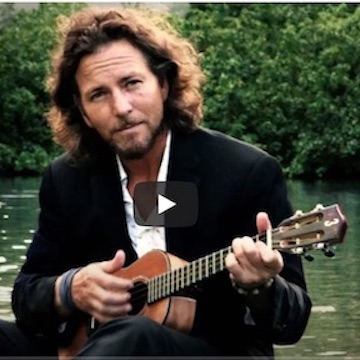
Here’s a great example of a stripped-down arrangement on mandolin with plenty of spontaneous feel and a great Americana-style vocal and lyric from Eddie Vedder. The song was written for the film “Into the Wild.”
“Rise” – Eddie Vedder
Watch the lyric video on Youtube.
ADDING MODERN INSTRUMENTS
Modern instruments like electric guitar have become an accepted part of the mix, especially in Roots Rock. You can use standup bass but electric bass is close enough and is easier to tour with. Organ, especially church organ, has always been part of the Americana sound and today’s synth keyboards have a range of organ sounds that will work. Peddle steel often turns up in Alt Country but is a little toooo Country for the Folk side of things.
AIM FOR A SPONTANEOUS FEEL
One of the characteristics of the Americana sound is that it is made by working class men and women who wouldn’t have access to an orchestra or an expensive studio. So it’s a good idea to maintain the down-home, back-porch sensibility with traditional folk and Vintage Rock instruments. Give your production a spontaneous feel whether it’s stripped down or built up with many instruments.
Try It Now
Listen to the songs in the following list to get a feel for the Americana styles that today’s Film & TV market is looking for. You can find out which TV series and films they’ve been used in on Tunefind.com. These songs are popular with radio listeners as well. They primarily show up on the Triple A music charts. Listen to them wherever you stream music.
Nathaniel Rateliff – “And It’s Still Alright” Read my Song Guide.
Lucinda Williams – “Are You Alright?”
Eddie Vedder – “Rise”
Brandi Carlile – “Carried Me With You” Read my Song Guide.
Kailey Swanson – “Backseat”
Colter Wall – Sleeping on the Blacktop”
Laura Marling – “What He Wrote”
The Bones of J.R. Jones- The Heat
Chris Stapleton – “A Simple Song”
Turnpike Troubadours – “Diamonds & Gasoline”
Charley Crockett – “Black Sedan”
Black Pumas – “Fire”
Gregory Alan Isakov – “Bullet Holes”
